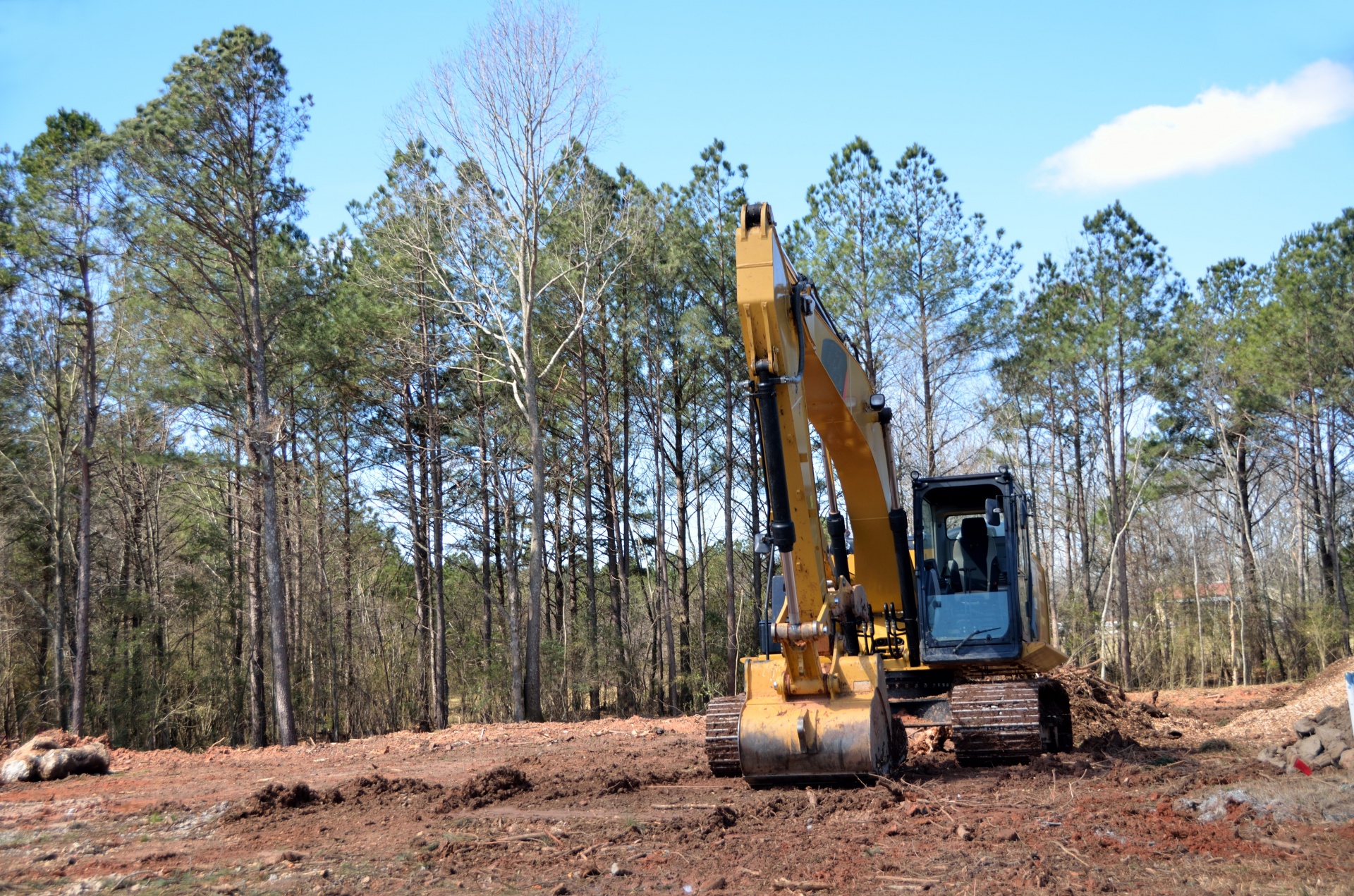Finding a Balance between Development and Conservation
페이지 정보

본문

The real estate industry has long been accused of its contribution to environmental degradation and greenhouse gas emissions. As consumers become increasingly environmentally conscious, the demand for green and environmentally friendly properties is growing, and developers are forced to balance budgetary considerations with ecological stewardship. In this article, we will explore the challenges and opportunities of integrating eco-friendliness into property development and what it means for homebuyers, investors, and the environment.
The environmental impact of the property development sector is staggering. According to the United Nations Environment Programme, the construction sector accounts for 37% of global greenhouse gas emissions and 38% of global wastewater generation. The industry's reliance on non-renewable energy sources contributes to greenhouse gas emissions, while material extraction and processing leads to ecological destruction and biodiversity loss.
However, the situation is changing, and sustainable real estate development is becoming an increasingly viable option. Many developers are now incorporating their projects, such as solar panels, green roofs, and rainwater harvesting systems. These measures not only lower greenhouse gas emissions but also reduce household energy costs and improve air quality.
One of the significant challenges in achieving sustainability in real estate development is the substantial investment required for sustainable design and technologies. The initial investment required to implement green building practices can be substantial, which may preclude developers who focus on quick returns on investment. Nevertheless, research has demonstrated that energy-efficient buildings and eco-friendly materials can enhance property value and reduce maintenance costs, making them a cost-effective option in the long run.
Another challenge lies in promoting sustainable real estate practices among consumers. Many people who buy homes are still uninformed of the benefits of eco-friendly properties or ignore the long-term benefits and drawbacks associated with sustainable living. Educating consumers about sustainable real estate options and offering incentives, such as tax credits or rebates, can encourage more people to opt for environmentally friendly homes.
The growing demand http://mm.kabb.ru/viewtopic.php?f=11&t=455 for sustainable real estate is driving innovation and investment in green technologies and building practices. Legislators and regulatory agencies are also taking action, setting regulations and guidelines to lower the ecological footprint of property development. For instance, the EU's Energy Efficiency Building Code sets energy efficiency standards for new and existing buildings, while the US Building Green has established the LEED certification program to promote eco-friendly building techniques.
In conclusion, achieving sustainability in real estate development requires a balance between economic and environmental concerns. While difficulties remain, the advantages of green homes are clear, and the demand for green properties is increasing. As consumers become more environmentally conscious and technology continues to evolve, we can expect to see more investment and innovation in eco-friendly building techniques. Ultimately, finding a balance between economic and environmental responsibility will lead to more livable, sustainable, and resilient communities.
- 이전글Building a Strong Real Estate Network 25.06.27
- 다음글Urban Renewal{| 25.06.27
댓글목록
등록된 댓글이 없습니다.
